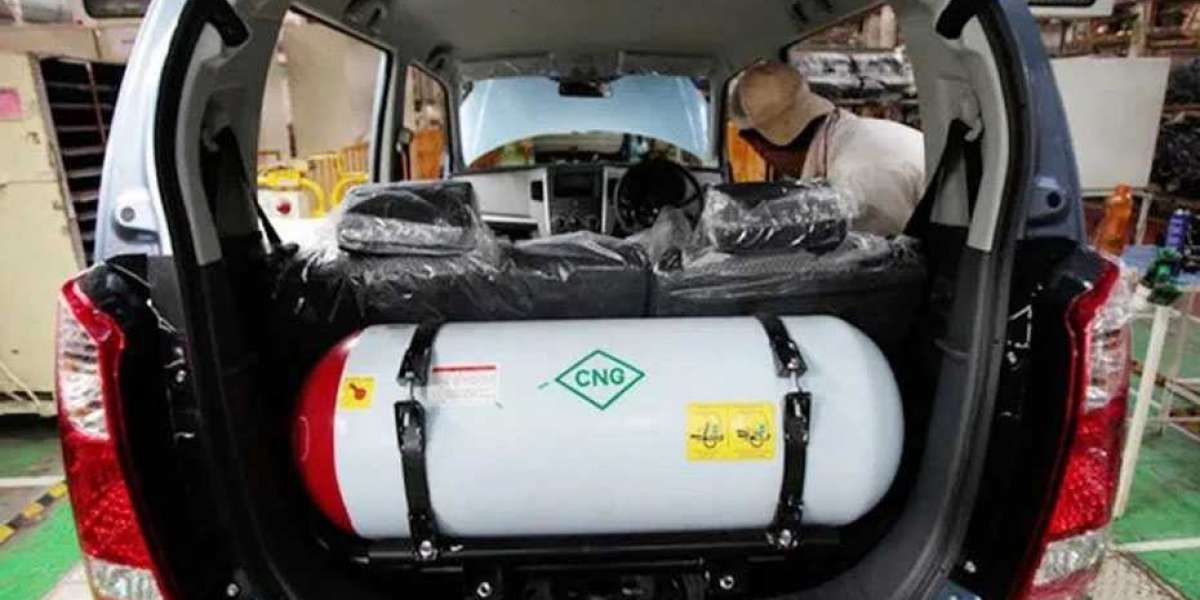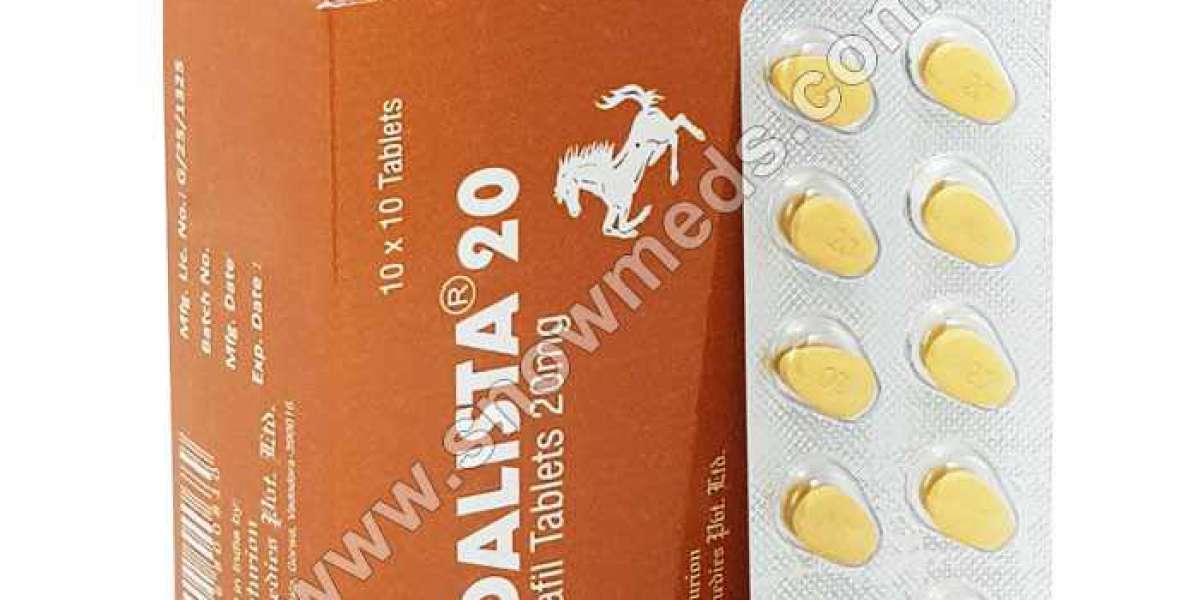Polyvinyl Chloride (PVC) stands as one of the most widely used thermoplastics globally, finding extensive applications across diverse industries. This blog aims to delve into the dynamics of the PVC market, exploring its key drivers, applications, emerging trends, and future growth prospects.
Understanding Polyvinyl Chloride (PVC):
Polyvinyl Chloride (PVC) is a synthetic polymer derived from vinyl chloride monomers. It exhibits excellent durability, chemical resistance, versatility in processing, and cost-effectiveness, making it a preferred material in various applications.
Market Dynamics:
Construction Industry Dominance: PVC is extensively used in the construction sector for pipes, fittings, profiles, windows, doors, flooring, and roofing materials due to its durability, corrosion resistance, and ease of installation.
Packaging and Consumer Goods: PVC is utilized in packaging films, bottles, containers, and consumer goods such as toys, furniture, medical devices, and electrical cables due to its versatility, formability, and cost-efficiency.
Automotive Applications: PVC finds use in automotive interiors, exterior trims, seals, and electrical insulation components due to its low cost, chemical resistance, and ease of processing.
Healthcare Sector: PVC is crucial in the healthcare industry for manufacturing medical tubing, IV bags, blood bags, and medical devices due to its biocompatibility, transparency, and sterilization capabilities.
Applications Across Industries:
- Construction: Pipes, profiles, windows, flooring, roofing materials.
- Packaging: Films, bottles, containers.
- Automotive: Interior trims, seals, electrical insulation.
- Healthcare: Medical tubing, IV bags, medical devices.
Market Trends:
Sustainability Initiatives: The PVC market is witnessing a shift towards sustainable practices, including recycling initiatives, bio-based PVC formulations, and reducing environmental impact throughout the product lifecycle.
Advanced Formulations: Development of PVC formulations with enhanced properties such as flame retardancy, UV resistance, impact strength, and recyclability to meet specific application requirements and regulatory standards.
Smart and Functional PVC Products: Integration of PVC with smart technologies, antimicrobial properties, and functional additives for enhanced performance and value-added applications.
Future Prospects:
The global Polyvinyl Chloride market is poised for steady growth, driven by its widespread applications, technological advancements, and sustainability initiatives. As industries prioritize performance, cost-efficiency, and environmental considerations, PVC remains a versatile and indispensable material across various sectors.
Conclusion:
Polyvinyl Chloride continues to be a cornerstone material in industries ranging from construction to healthcare, packaging, automotive, and beyond. Navigating the PVC market requires an understanding of evolving regulations, consumer preferences, and technological innovations. With a focus on sustainability, innovation in formulations, and expanding application areas, PVC is well-positioned for sustained growth and remains a key player in the global polymer industry landscape.








